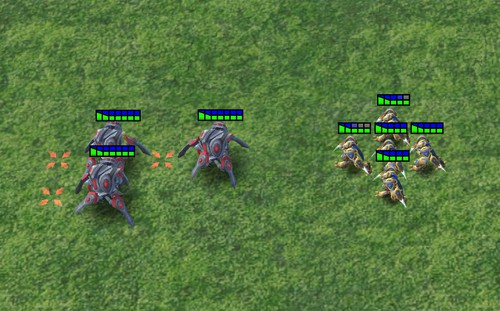The Ultimate Recipe for Concrete: Crafting Durable and Attractive Structures for Your Home and Garden**
Guide or Summary:Introduction to the Recipe for ConcreteUnderstanding the Ingredients of the Recipe for ConcreteMixing the Perfect Concrete: Step-by-Step Re……
Guide or Summary:
- Introduction to the Recipe for Concrete
- Understanding the Ingredients of the Recipe for Concrete
- Mixing the Perfect Concrete: Step-by-Step Recipe for Concrete
- Pouring and Finishing Your Concrete Project
- Conclusion: Your Go-To Recipe for Concrete
Introduction to the Recipe for Concrete
When it comes to construction and DIY projects, mastering the art of mixing concrete can open up a world of possibilities. Whether you're building a patio, creating garden sculptures, or laying a foundation for your new shed, having a reliable **recipe for concrete** is essential. In this guide, we will delve into the components, mixing techniques, and tips for achieving the perfect concrete mix that is both durable and aesthetically pleasing.
Understanding the Ingredients of the Recipe for Concrete
To create a strong and long-lasting concrete mix, you need to understand the primary ingredients involved in the **recipe for concrete**. Concrete is typically made up of four main components: cement, aggregates, water, and additives.
1. **Cement**: This is the binding agent in concrete. Portland cement is the most commonly used type, known for its strength and durability.
2. **Aggregates**: These are the materials that provide bulk and strength to the mix. They are categorized into coarse aggregates (like gravel or crushed stone) and fine aggregates (like sand). A good balance between the two is crucial for a solid concrete mix.
3. **Water**: Water is essential for the chemical reaction that occurs when cement hydrates. The amount of water used can significantly affect the strength and workability of the concrete.
4. **Additives**: Depending on the specific requirements of your project, you might consider using additives such as plasticizers, accelerators, or retarders to modify the properties of your concrete.

Mixing the Perfect Concrete: Step-by-Step Recipe for Concrete
Now that we understand the ingredients, let’s dive into the step-by-step process of mixing concrete.
1. **Gather Your Materials**: Start by gathering all the necessary materials and tools, including cement, aggregates, water, a mixing container or wheelbarrow, a shovel, and a trowel.
2. **Measure Your Ingredients**: The standard mix ratio for concrete is 1 part cement, 2 parts sand, and 3 parts gravel (1:2:3). Adjust the quantities based on the size of your project. Always use a consistent measuring method for accuracy.
3. **Mix the Dry Ingredients**: In your mixing container, combine the cement, sand, and gravel. Use your shovel to mix them thoroughly until you achieve a uniform color and texture.
4. **Add Water Gradually**: Create a well in the center of your dry mix and begin adding water slowly. Start with about half of the water needed and mix thoroughly. Gradually add more water until you reach the desired consistency. The concrete should be workable but not too runny.
5. **Mix Until Uniform**: Continue mixing until all the ingredients are well combined and the mixture is smooth. This may take several minutes, so be patient.
6. **Test the Consistency**: To ensure your concrete is ready, perform a slump test. Scoop some concrete into a cone-shaped mold and remove it. If the concrete holds its shape without collapsing, it’s good to go.
Pouring and Finishing Your Concrete Project
Once you have your concrete mixed to perfection, it’s time to pour it into your desired form. Here are some tips for a successful pour:
1. **Prepare the Area**: Ensure the area where you will pour the concrete is clean and free of debris. If you’re using forms, make sure they are secure and well-supported.
2. **Pouring the Concrete**: Start pouring the concrete into the forms, making sure to fill all corners and edges. Use a trowel to spread the concrete evenly.

3. **Leveling the Surface**: Once poured, use a straight edge or a screed board to level the surface of the concrete. This will help create a smooth finish.
4. **Finishing Touches**: Depending on your desired finish, you can use a trowel to create a smooth surface or add texture with a broom or other tools.
5. **Curing the Concrete**: Allow the concrete to cure properly by keeping it moist for at least 7 days. This is crucial for achieving maximum strength.
Conclusion: Your Go-To Recipe for Concrete
With this comprehensive **recipe for concrete**, you are now equipped to tackle a variety of projects with confidence. Whether you’re a seasoned DIYer or a beginner, understanding how to mix and pour concrete will enhance your skills and enable you to create beautiful, durable structures. Remember, practice makes perfect, so don’t hesitate to experiment and refine your technique. Happy building!